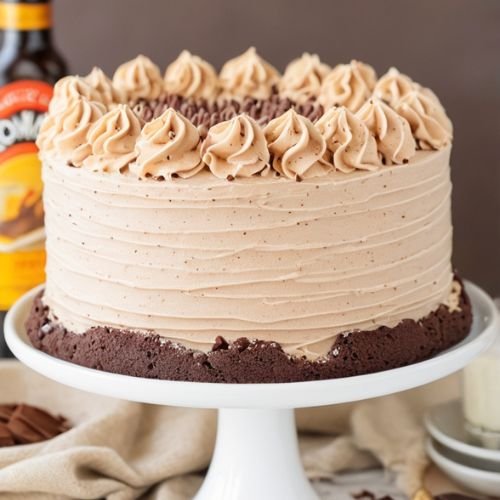There’s something magical about biting into a slice of homemade soft fluffy French bread, still warm from the oven. That perfect combination of a slightly crisp exterior giving way to a pillowy, tender interior is what makes French bread so irresistible. While many associate French bread with crusty baguettes, American-style French bread offers a softer, fluffier alternative that’s perfect for sandwiches, dipping in soups, or simply enjoying with butter.
This soft fluffy French bread recipe will guide you through creating bakery-quality loaves in your own kitchen, with simple ingredients and techniques that ensure success.
Ingredients for Soft Fluffy French Bread
One of the beauties of this soft fluffy French bread recipe is its simplicity. You’ll need just a handful of basic pantry staples to create two beautiful loaves. The secret to achieving that perfect soft texture lies in the proper ratio of ingredients and the right techniques.
| Ingredient | US Measurement | Metric Measurement | Purpose |
| Warm Water | 2¼ cups | 530 ml | Activates yeast and forms dough |
| Active Dry Yeast | 1 tablespoon | 9 g | Leavening agent |
| Granulated Sugar | 2 tablespoons | 25 g | Feeds yeast and adds slight sweetness |
| Salt | 1 tablespoon | 18 g | Enhances flavor and controls yeast |
| Olive Oil | 2 tablespoons | 30 ml | Creates tender crumb |
| Bread Flour | 5½-6 cups | 690-750 g | Forms structure |
| Egg (for wash) | 1 large | 1 large | Creates golden crust |
Flour Choice Matters: While all-purpose flour works, bread flour with its higher protein content will give you a better texture and chewiness in your soft fluffy French bread. If using all-purpose flour, consider adding 2 tablespoons of vital wheat gluten to mimic bread flour’s properties.
Essential Equipment
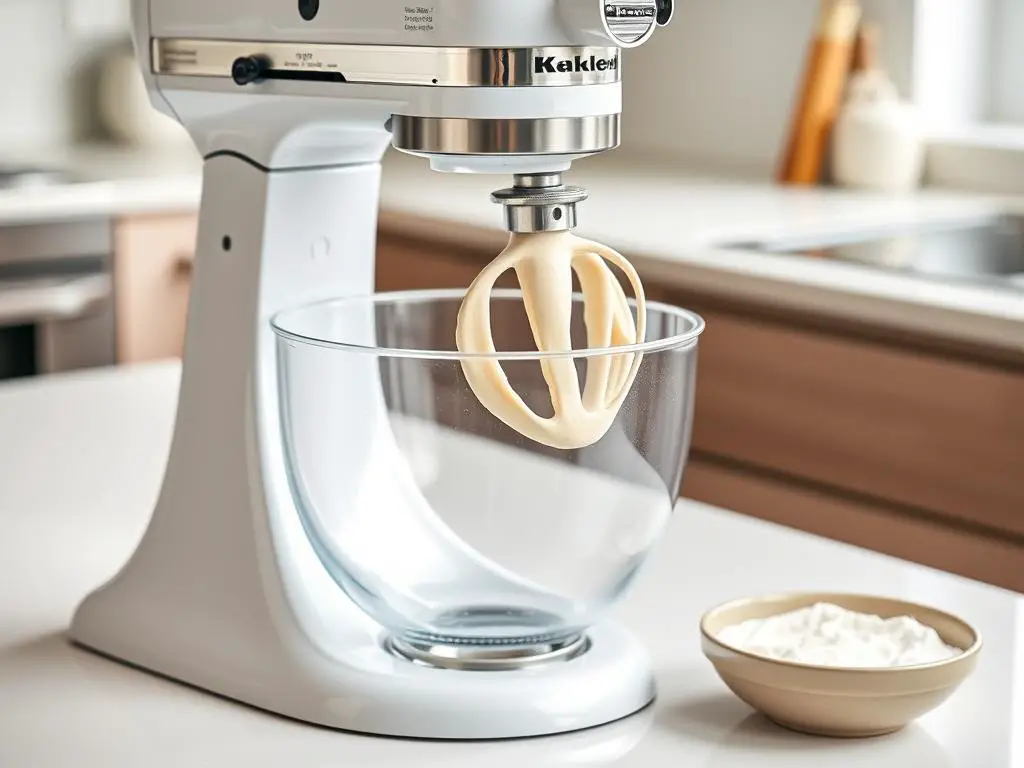
Mixing and Kneading
- Stand mixer with dough hook (recommended but optional)
- Large mixing bowl (if kneading by hand)
- Measuring cups and spoons
- Kitchen scale (for precise measurements)
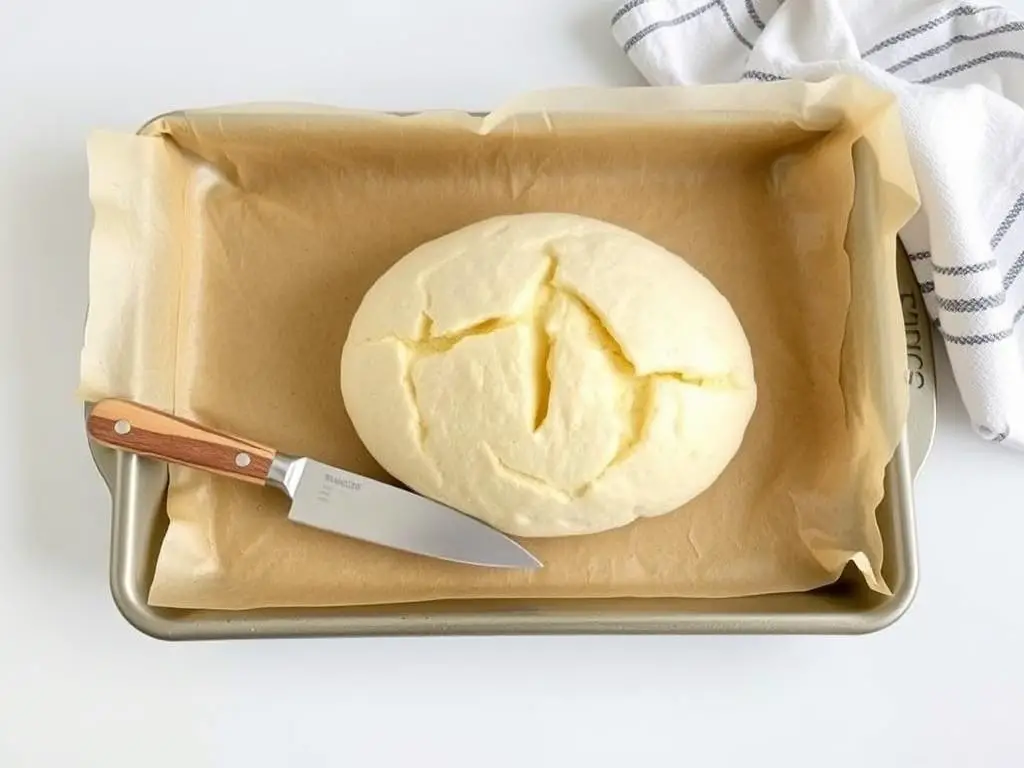
Baking and Shaping
- Baking sheets or French bread pans
- Parchment paper
- Bread lame or sharp knife (for scoring)
- Kitchen towel (for covering dough)
- Pastry brush (for egg wash)
Step-by-Step Instructions
Creating soft fluffy French bread requires attention to detail during each stage of the process. Follow these steps carefully for the best results.
1. Activate the Yeast
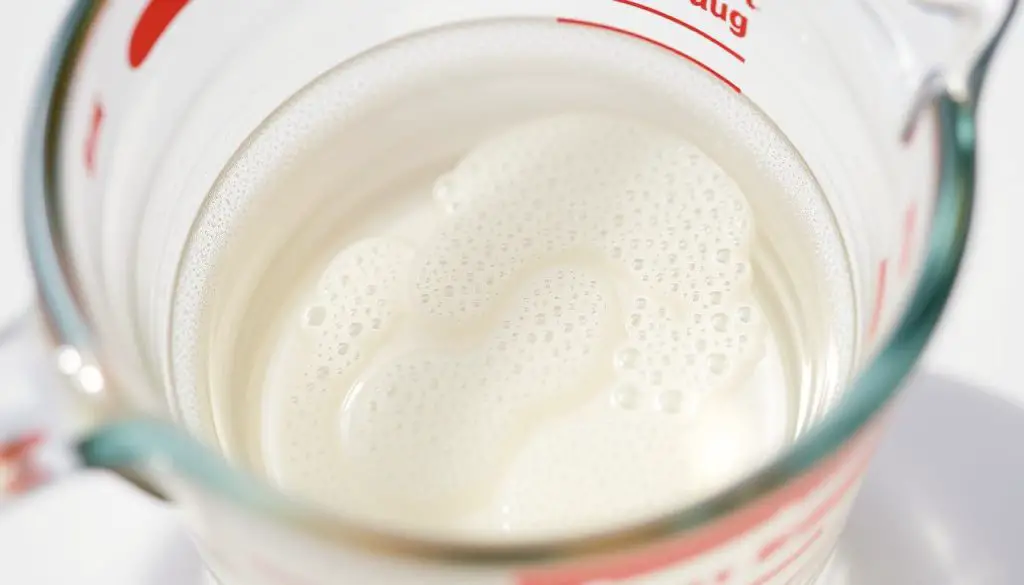
- In the bowl of your stand mixer (or large mixing bowl), combine 2¼ cups warm water (110-115°F/43-46°C), 2 tablespoons sugar, and 1 tablespoon yeast.
- Whisk gently to combine and let sit for 5-10 minutes until foamy. This step proves your yeast is active.
- If using instant yeast, you can skip the waiting period, but it’s still helpful to verify your yeast is working.
2. Form the Dough
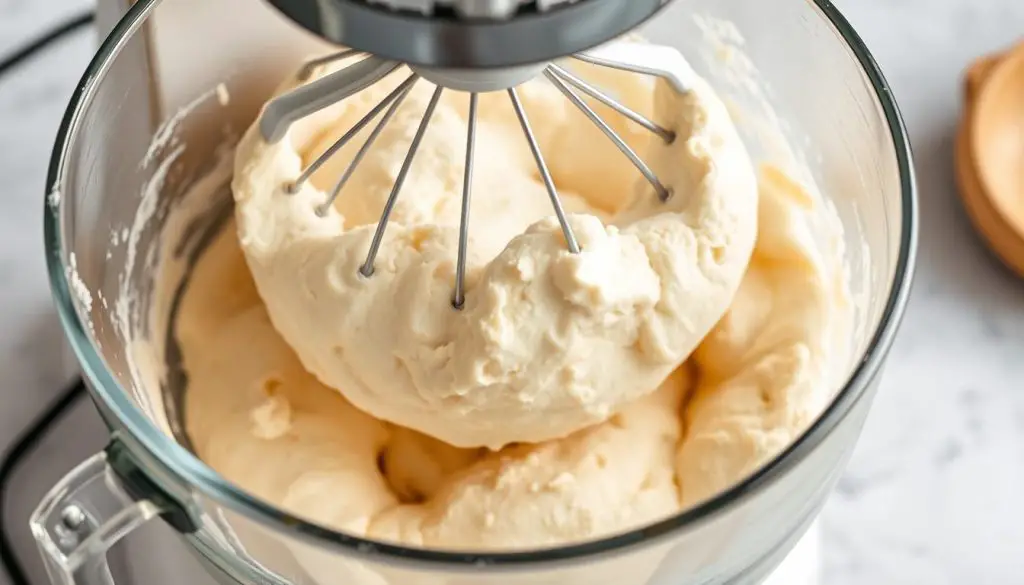
- Add 2 tablespoons olive oil, 1 tablespoon salt, and 3 cups of bread flour to the yeast mixture.
- Mix on low speed until combined, then gradually add remaining flour (2½-3 cups) until the dough clears the sides of the bowl but still feels slightly tacky.
- The dough should be soft and slightly sticky but not leave much residue on your fingers when touched.
- Knead with the dough hook for 5-7 minutes (or 8-10 minutes by hand) until smooth and elastic.
Pro Tip: Judge the dough by feel rather than exact flour measurements. Factors like humidity and flour type affect how much you’ll need. The dough should pull away from the sides of the bowl but may still stick slightly to the bottom.
3. First Rise
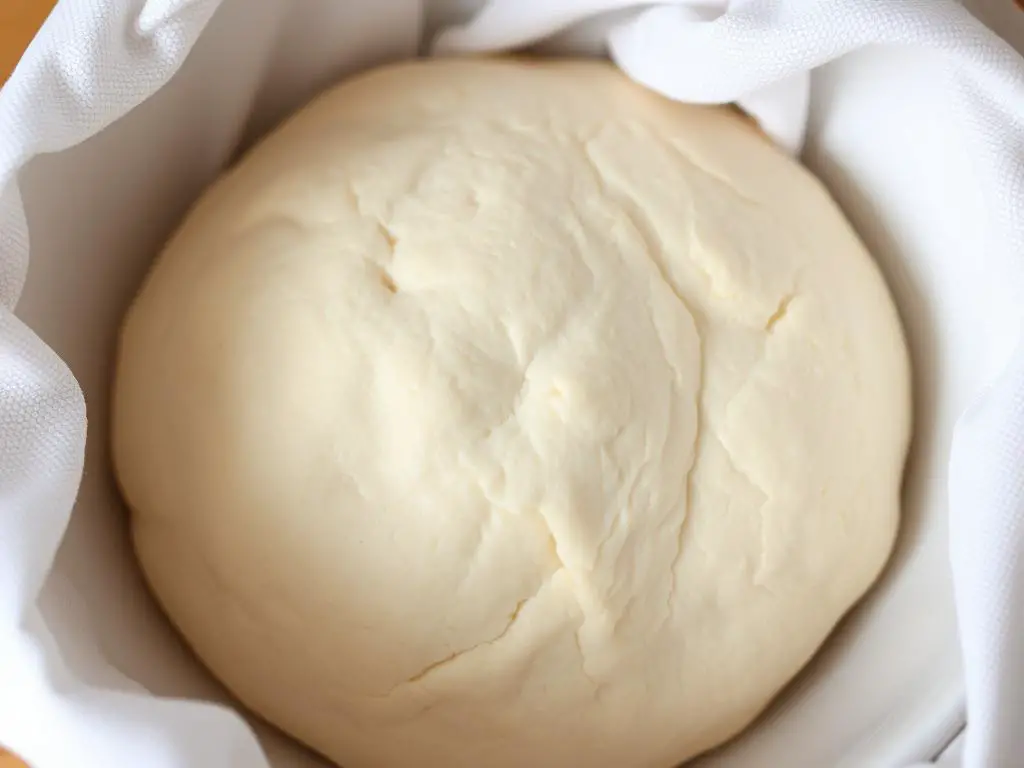
You have two options for the first rise:
Traditional Method
- Transfer dough to a lightly greased bowl.
- Cover with a kitchen towel or plastic wrap.
- Let rise in a warm place for 60-90 minutes until doubled in size.
Quick Rise Method
- Leave dough in the mixer bowl and cover.
- Let rest for 10 minutes, then stir down by mixing for 10 seconds.
- Repeat this rest-and-stir cycle 5 more times (total 60 minutes).
4. Shape the Loaves
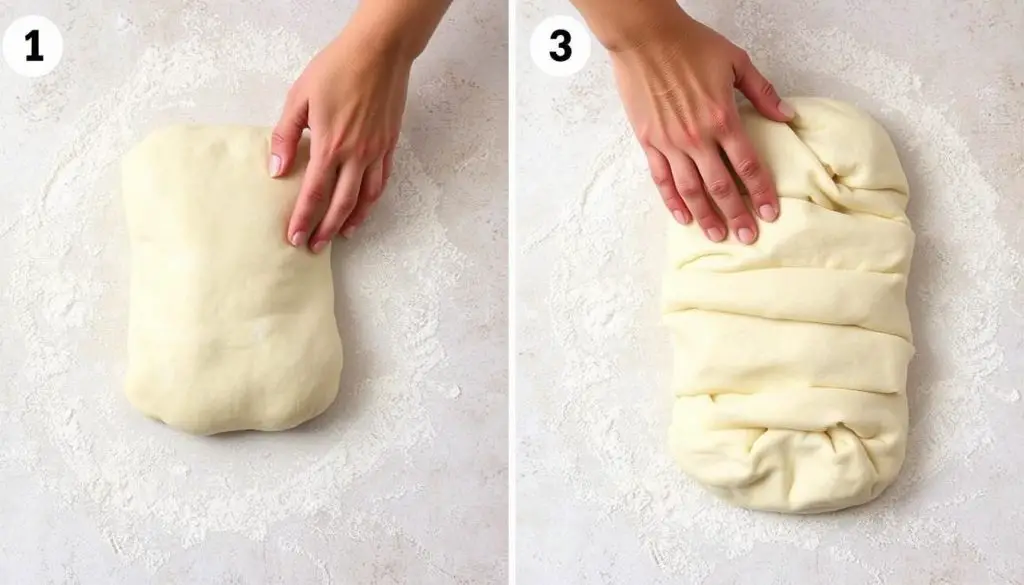
- Turn the dough onto a lightly floured surface and divide in half.
- For each half, pat into a rectangle about 9×13 inches.
- Starting from the long edge, roll the dough tightly, pressing out air bubbles as you go.
- Pinch the seam and ends to seal, then place seam-side down on a parchment-lined baking sheet.
- If desired, tuck the ends under slightly to create an even shape.
5. Second Rise and Scoring
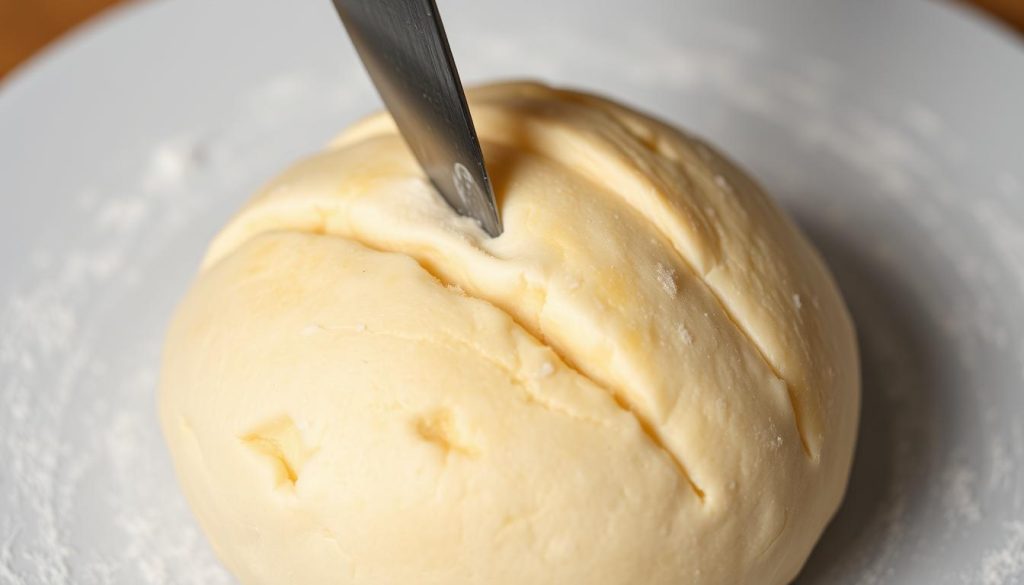
- Cover shaped loaves with a kitchen towel and let rise for 30-45 minutes until noticeably puffy.
- Preheat your oven to 375°F (190°C) during the final 20 minutes of rising.
- Beat one egg with a splash of water to create an egg wash.
- Gently brush the egg wash over the loaves.
- Using a bread lame or very sharp knife, make 3-4 diagonal slashes across the top of each loaf.
6. Bake to Perfection
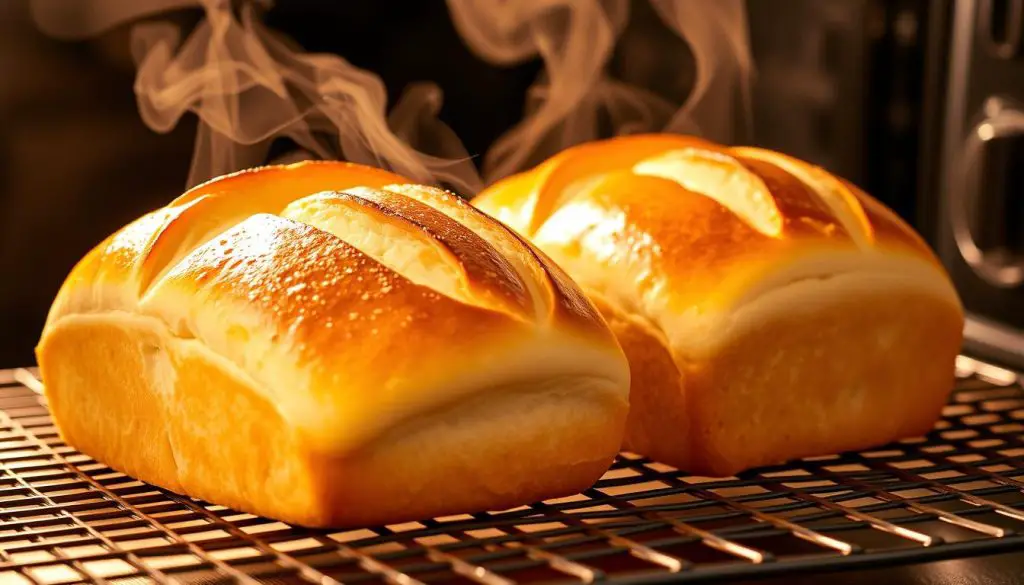
- For a crispier crust, toss 3-4 ice cubes onto the bottom of the preheated oven just before adding the bread.
- Bake at 375°F (190°C) for 25-30 minutes until golden brown.
- The bread is done when it sounds hollow when tapped on the bottom.
- For an extra-soft crust, brush the hot loaves with melted butter immediately after baking.
- Transfer to a cooling rack and allow to cool for at least 15 minutes before slicing.
5 Pro Tips for Maximum Fluffiness
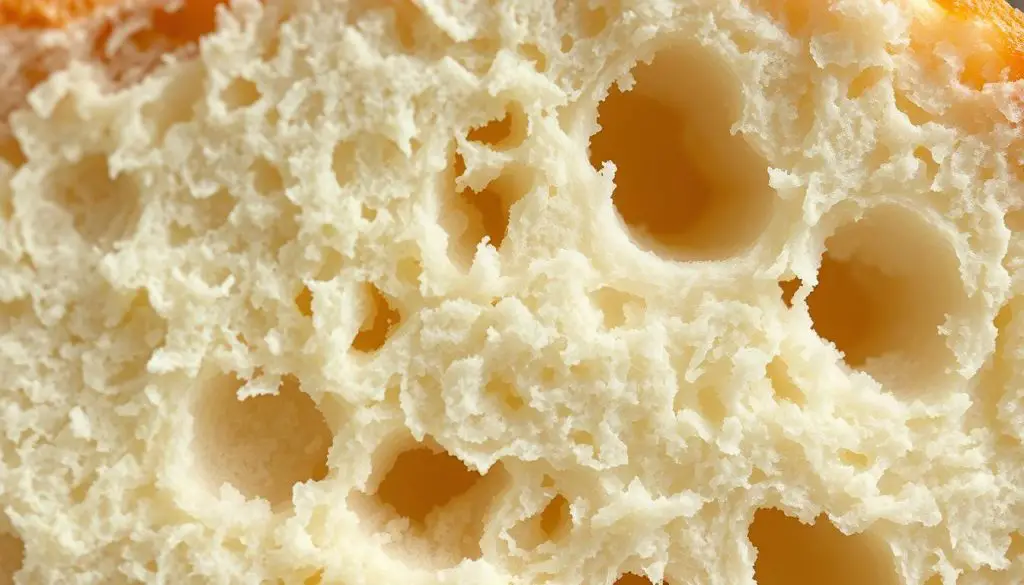
1. Perfect Hydration
- Maintain the correct water-to-flour ratio for soft texture
- Dough should be slightly tacky but not sticky
- In dry climates, you may need slightly more water
- In humid environments, you may need more flour
2. Proper Kneading
- Knead until the dough passes the “window pane test”
- Stretch a small piece – it should stretch thin without tearing
- Under-kneading results in dense bread
- Over-kneading makes tough bread
3. Steam Technique
- Ice cubes on oven floor create steam
- Steam helps create initial rise (oven spring)
- Results in softer interior and better crust
- Alternative: spray loaves with water before baking
4. Oil Selection
- Olive oil creates tender crumb
- Coconut oil makes exceptionally soft texture
- Melted butter adds rich flavor
- Avoid strong-flavored oils that might overpower
5. Proper Scoring
- Sharp cuts allow controlled expansion
- Prevents random cracks in the crust
- Diagonal slashes at 45° angle, ¼ inch deep
- Use a very sharp knife or bread lame
Troubleshooting Common Issues
Even experienced bakers occasionally encounter challenges. Here are solutions to common problems with soft fluffy French bread:
Bread is too dense or heavy
Possible causes: Under-proofing, insufficient kneading, too much flour, or inactive yeast.
Solutions: Ensure your yeast is fresh and active. Allow dough to rise fully until doubled. Knead thoroughly to develop gluten. Use only enough flour to make a soft, slightly tacky dough.
Bread flattens during baking
Possible causes: Over-proofing, insufficient gluten development, or too wet dough.
Solutions: Don’t let the shaped loaves rise too long. Ensure proper gluten development through adequate kneading. Add a bit more flour if dough seems too wet. Consider using French bread pans for better structure.
Crust is too pale
Possible causes: Oven temperature too low, insufficient egg wash, or baking position.
Solutions: Increase oven temperature by 25°F. Apply egg wash thoroughly before baking. Move rack to upper middle position in oven. Bake a few minutes longer if needed.
Crust is too hard
Possible causes: Too much steam, baking too long, or oven too hot.
Solutions: Brush hot loaves with butter immediately after baking to soften crust. Reduce baking time slightly. Cover with foil during the last 10 minutes of baking if browning too quickly.
Bread tears in unexpected places
Possible causes: Insufficient scoring or improper shaping.
Solutions: Score the loaves adequately before baking to control where expansion occurs. Ensure seams are properly sealed when shaping. Make deeper cuts with a sharper blade.
Serving Suggestions
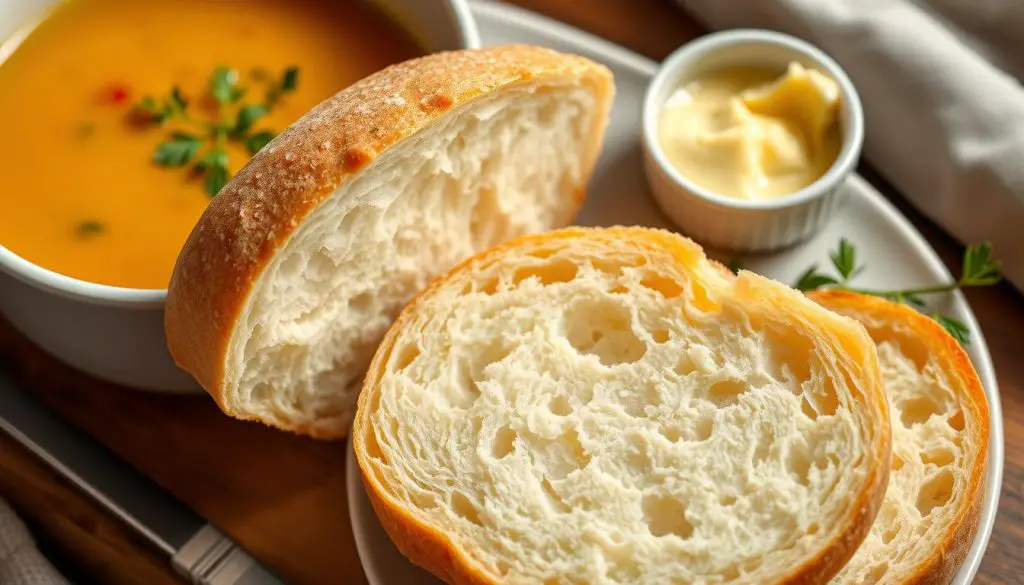
This soft fluffy French bread recipe creates versatile loaves that pair beautifully with many dishes. Here are some delicious ways to enjoy your homemade bread:
Classic Pairings
- Slathered with salted butter while still warm
- Dipped in olive oil with balsamic vinegar and herbs
- Served alongside hearty soups and stews
- As an accompaniment to pasta dishes
Transform Into
- Garlic bread with butter, garlic, and herbs
- French toast for a delicious breakfast
- Crostini for appetizers
- Bread bowls for creamy soups
Sandwich Ideas
- Classic French dip with au jus
- Italian subs with meats and cheeses
- Meatball sandwiches with marinara
- Breakfast sandwiches with eggs and cheese
Storage and Freezing
To maintain the freshness of your soft fluffy French bread:
Short-Term Storage
- Store at room temperature in an airtight container or bag for 2-3 days
- Avoid refrigerating as it accelerates staling
- Refresh slightly stale bread by warming in a 350°F oven for 5-10 minutes
Freezing
- Wrap cooled loaves tightly in plastic wrap, then foil
- Place in freezer bags, removing as much air as possible
- Freeze for up to 3 months
- Thaw at room temperature and reheat in a 350°F oven for 10 minutes to refresh
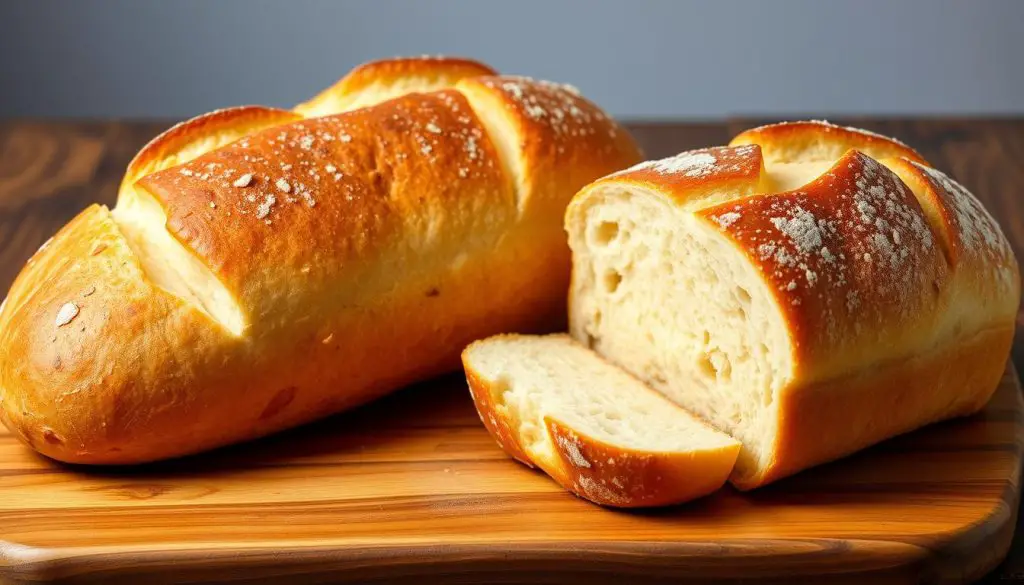
Soft Fluffy French Bread Recipe
This foolproof soft fluffy French bread recipe yields two beautiful loaves with a tender crumb and light golden crust. Perfect for sandwiches, dipping, or enjoying with butter.
Prep Time
30 minutes
Rising Time
1 hour 30 minutes – 2 hours
Bake Time
25-30 minutes
Total Time
2 hours 30 minutes – 3 hours
“This soft fluffy French bread has become my go-to recipe. The texture is perfect every time, and my family devours it faster than I can make it!”
Perfect Your Soft Fluffy French Bread
Making soft fluffy French bread at home is a rewarding experience that fills your kitchen with incredible aromas and provides you with delicious, fresh bread that surpasses store-bought versions. With practice, you’ll develop a feel for the dough and be able to make adjustments based on your kitchen environment and personal preferences.
Remember that bread making is both a science and an art. Don’t be discouraged if your first loaf isn’t perfect—each batch is an opportunity to refine your technique. The most important ingredients are patience and practice.
We’d love to see how your soft fluffy French bread turns out! Take a photo of your beautiful loaves and share them in the comments below. Happy baking!



